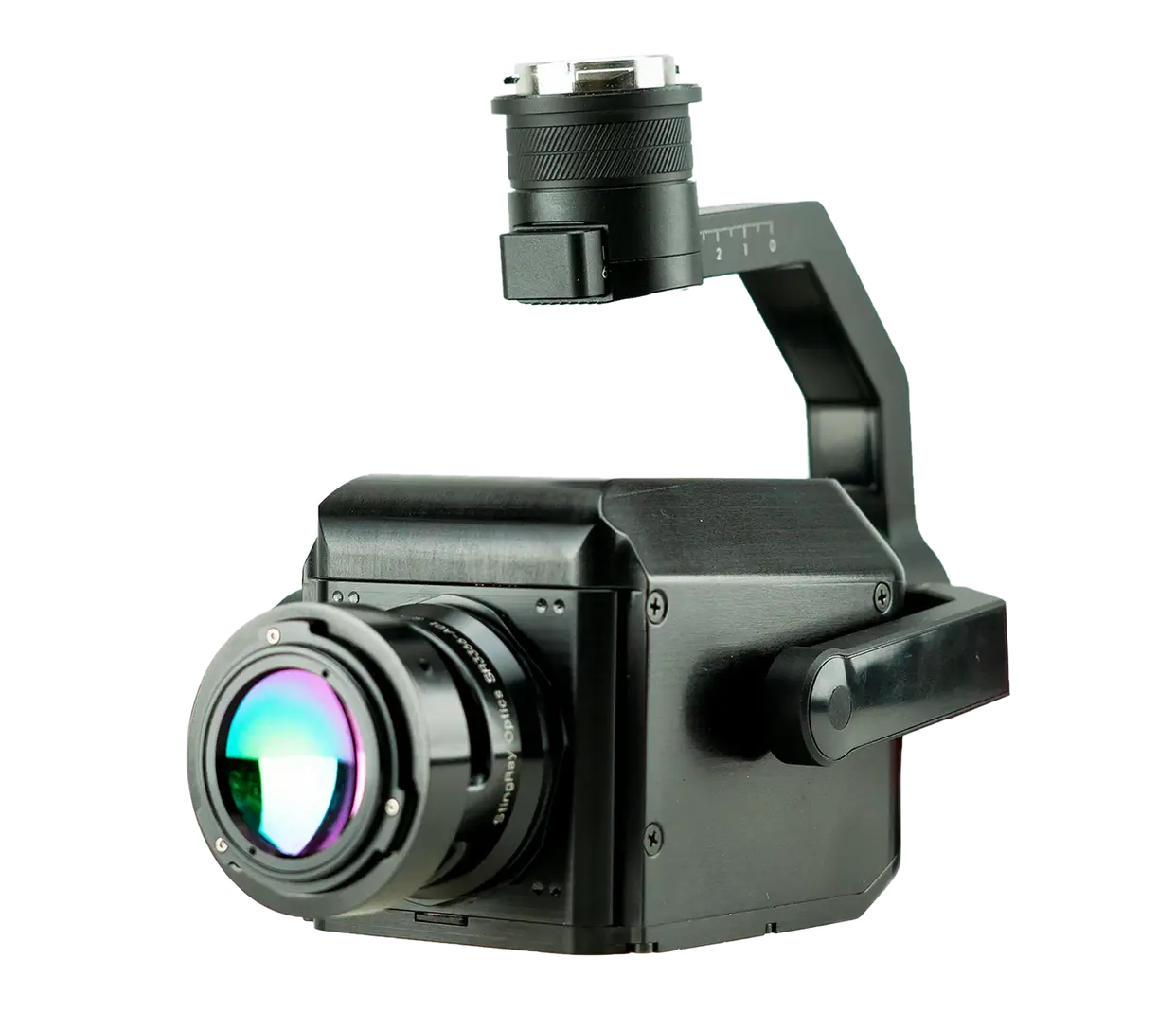Ventus OGI is a 640 x 512 resolution MWIR camera core designed to detect hydrocarbon gases, such as methane and propane.
It has a high operating temperature MWIR detector type and a spectral response of MWIR.
The camera core has a frame rate of 30 Hz and a NETD of <50 mK.
It comes with 2 lens options (25 mm and 50 mm) and has digital zoom/pan capabilities.
Ventus OGI has a low SWaP (size, weight, and power) and is an invaluable tool for the oil and gas industry.
The gas enhancement mode of the camera colorizes leaks.
Ventus OGI
A Cutting-Edge Optical Gas Imaging Camera for Detecting and Visualizing Hydrocarbon Gases
The Ventus OGI is a 640 x 512 resolution mid-wave infrared (MWIR) camera core designed to detect and visualize hydrocarbon gases, including methane, propane, and butane. With a high operating temperature MWIR detector, the Ventus OGI offers a low SWaP (size, weight, and power) package that is highly efficient, cost-effective, and environmentally friendly.
Technical Specs and Features
The Ventus OGI comes with a range of technical specifications and features, including a 15-micron pixel pitch, a spectral response in the MWIR range, and a frame rate of 30 Hz. It also has two lens options (25mm/50mm), F1.5 optic, and 2x, 4x, 8x digital zoom. The camera has gas enhancement mode that colorizes leaks.
Applications and Benefits
The Ventus OGI camera core is an integration-ready tool that can be used in a variety of industrial settings, including oil and gas production, pipeline monitoring, and environmental monitoring. Its high-performance, protecting lives, and minimizing harm to the environment. The Ventus OGI is also an effective way to save time and money while increasing efficiency in the oil and gas industry.
Overall, the Ventus OGI is an industry-leading optical gas imaging camera that offers advanced features and capabilities for detecting and visualizing hydrocarbon gases. Whether you're in the oil and gas industry or another industrial setting, the Ventus OGI can help you save time, money, and resources while minimizing harm to the environment.
Comparison table of the three major methane detection technologies used in field inspections:
Feature / Metric
OGI (Optical Gas Imaging)
TDLAS (Laser Absorption)
Gas Sniffers (PID, FID, etc.)
Detection
Infrared plume image
Methane-specific laser absorption
Chemical/electrical gas sensing
Output
Visual
Quantitative (ppm / ppm-m)
Quantitative (ppm)
Sensitivity
Moderate (<100 ppm)
High (ppb–ppm)
High (varies by sensor)
Methane Selectivity
Moderate (others detected too)
High (methane-tuned)
Variable
Quantification
No
Yes (with path length)
Yes
Range / Coverage
Moderate to wide
Long (10–250 m)
Point only
Real-Time
Yes
Yes
Yes
Conditions
Needs thermal contrast
Stable in most environments
Affected by weather
Automation
High (UAVs, robots)
High (UAVs, fixed units)
Low–Medium (handheld)
Remote Use
Excellent (standoff)
Excellent (remote possible)
Poor (manual, close-up)
Speed
Fast (area scan)
Fast (drones, long path)
Slow (point by point)
Cost
High ($80K–150K)
Medium ($10K–60K)
Low–Medium ($2K–20K)
Best Use
Visual leaks, LDAR, complex sites
Quantifying, monitoring, drones
Localized, indoor leaks
Regulatory Use
Accepted (OGI/Method 21 alt.)
Gaining approval for quantification
Standard Method 21





